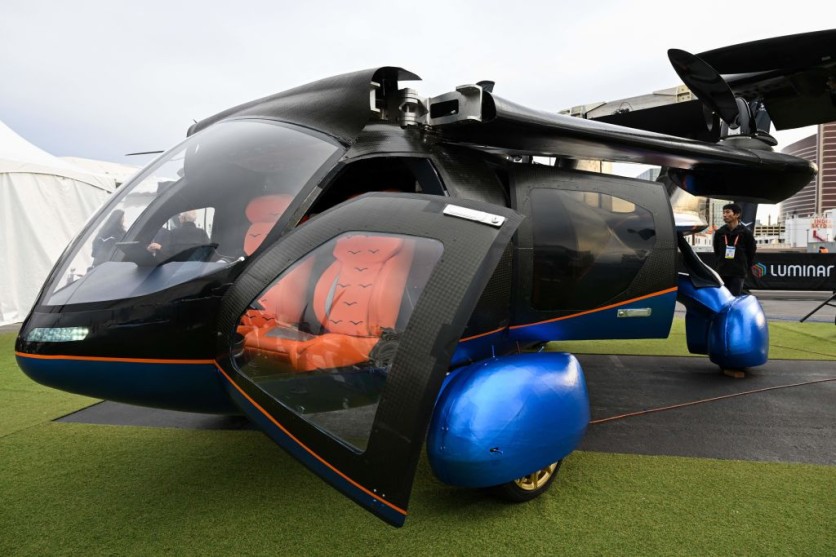Japan recently saw its first manned flying car outdoor flight in a trial by a local consortium of aviation and automobile businesses, the Okayama Kurashiki Mizushinama Aero & Space Industry Cluster Study Group (MASC), as reported by Nikkei Asia.

The Flying Car
The flying car is a two-seater that took off from the artificial island located in the western Japanese city of Oita. It traveled around 400 meters at an altitude of 30 meters with no pilot controlling the plan.
The flying car measures 1.7 meters high and 5.6 meters wide. It remained steady during a flight, which lasted three minutes and 31 seconds.
This is the first outdoor manned test that was approved by Japan's Ministry of Land Infrastructure, Transport and Tourism. MASC has been performing unmanned tests since 2021.
Many are looking forward to electric or hybrid vehicles that can take off and land vertically as this can help ease urban traffic congestion. Currently, efforts are in the process to set up legal frameworks that will allow the use of such vehicles.
In Japan, SkyDrive and teTra Aviation have made successful unmanned and indoor manned flights. Also, organizers of the 2025 World Expo in Osaka are planning to offer flying car service to connect the event venue with downtown Osaka.
Flying Cars of the Future
Flying cars of the future are becoming a reality as more companies are investing in the development of electric and hybrid vertical takeoff and landing (eVTOL) vehicles.
These vehicles are expected to revolutionize transportation and provide a convenient and efficient way to travel. In addition, they will help reduce traffic congestion and emissions, making them an attractive option for cities looking to reduce their carbon footprint.
The vehicles will be powered by electric batteries and will be able to take off and land vertically, which makes them more suitable for congested urban areas. Companies are currently developing the technology and regulations needed for these vehicles to become available in the near future.
The future of flying cars will be heavily dependent on the development of the necessary technology, such as autonomous flight control systems, advanced sensors, and efficient batteries. It is also likely that regulations will need to be developed to ensure the safe use of these vehicles.
Ultimately, flying cars have the potential to revolutionize the way we travel and commute, leading to a future of faster, more efficient, and more sustainable transportation.In addition to the development of eVTOL technology, companies are also exploring other ways to make flying cars a reality.
For example, some firms have proposed using drones and autonomous aircraft as an alternative form of transportation. These vehicles would be able to travel at higher speeds than traditional VTOLs while still being relatively safe and efficient.
Related article: Japan Airlines Plans to Launch a Flying Car Business

ⓒ 2025 TECHTIMES.com All rights reserved. Do not reproduce without permission.




